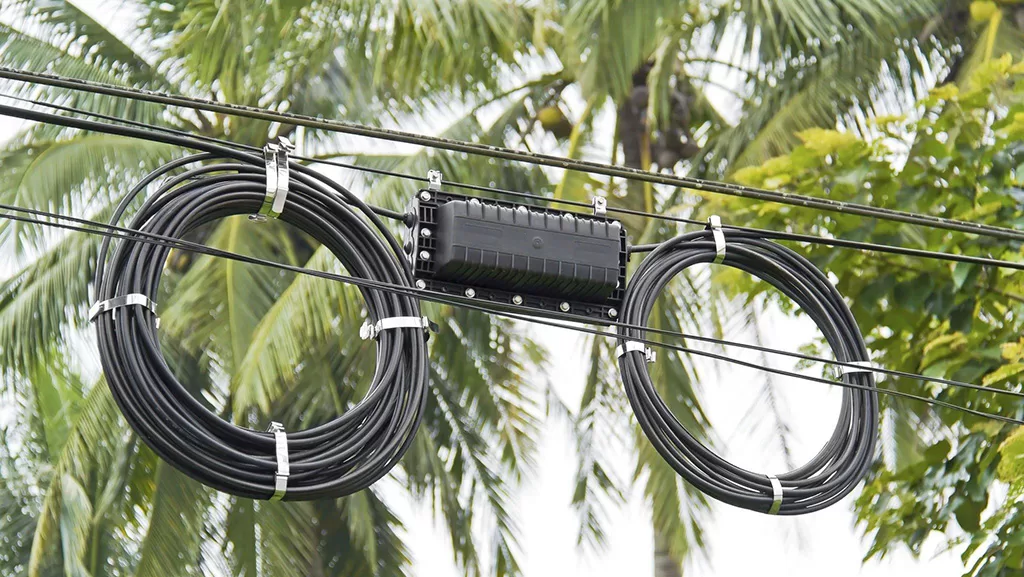
Fiber optic splice closure is a type of fiber optic equipment used to provide storage space and protection for optical cables that are spliced together. To choose a fiber optic splice closure for outside plant (OSP), you need to consider the following factors:
- Environmental conditions: The splice closure must be able to withstand the environmental conditions in which it will be installed. This includes factors such as temperature, humidity, vibration, and UV exposure.
- Cable type and size: The splice closure must be compatible with the type and size of fiber optic cable that you will be splicing.
- Number of splices: The splice closure must have enough space to accommodate the number of splices that you will be making.
- Termination system: The splice closure must support the type of termination system that you will be using. This includes mechanical splices, fusion splices, or a combination of the two.
- Bonding and grounding: The splice closure must be able to be properly bonded and grounded to protect the fiber optic cables from lightning strikes and other electrical hazards.
- Ease of installation and maintenance: The splice closure should be easy to install and maintain, especially in remote or difficult-to-access locations.
- Cost: The splice closure should be affordable and provide good value for your money.
In addition to these factors, you may also want to consider the following:
- Mule pull tape compatibility: If you will be using mule pull tape to install the fiber optic cable, the splice closure must be compatible with mule pull tape.
- Security features: If the splice closure will be installed in a high-traffic area or in an area that is prone to vandalism, you may want to choose a splice closure with security features, such as a lockable door or tamper-evident seals.
Once you have considered all of these factors, you can start to narrow down your choices and choose the right fiber optic splice closure for your OSP needs.
Additional tips for choosing a fiber optic splice closure for OSP:
- Choose a splice closure that is made by a reputable manufacturer.
- Read reviews of different splice closures before you make a purchase.
- Make sure that the splice closure comes with a warranty.
By following these tips, you can choose the right fiber optic splice closure for your OSP needs and ensure that your fiber optic network is properly protected.
Here are some examples of fiber optic splice closures that are commonly used for OSP applications:
- Horizontal splice closures: Horizontal splice closures are designed to be mounted on poles or other vertical surfaces. They are typically used for aerial applications, such as splicing fiber optic cables that are strung between poles.
- Pedestal splice closures: Pedestal splice closures are designed to be buried underground. They are typically used for splicing fiber optic cables that are buried in ducts or trenches.
- Vault splice closures: Vault splice closures are designed to be installed in large underground vaults. They are typically used for splicing fiber optic cables that are part of large-scale networks, such as telecommunications networks.
The type of fiber optic splice closure that you choose will depend on the specific requirements of your application.
